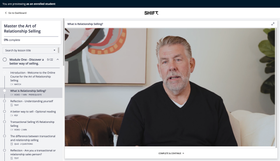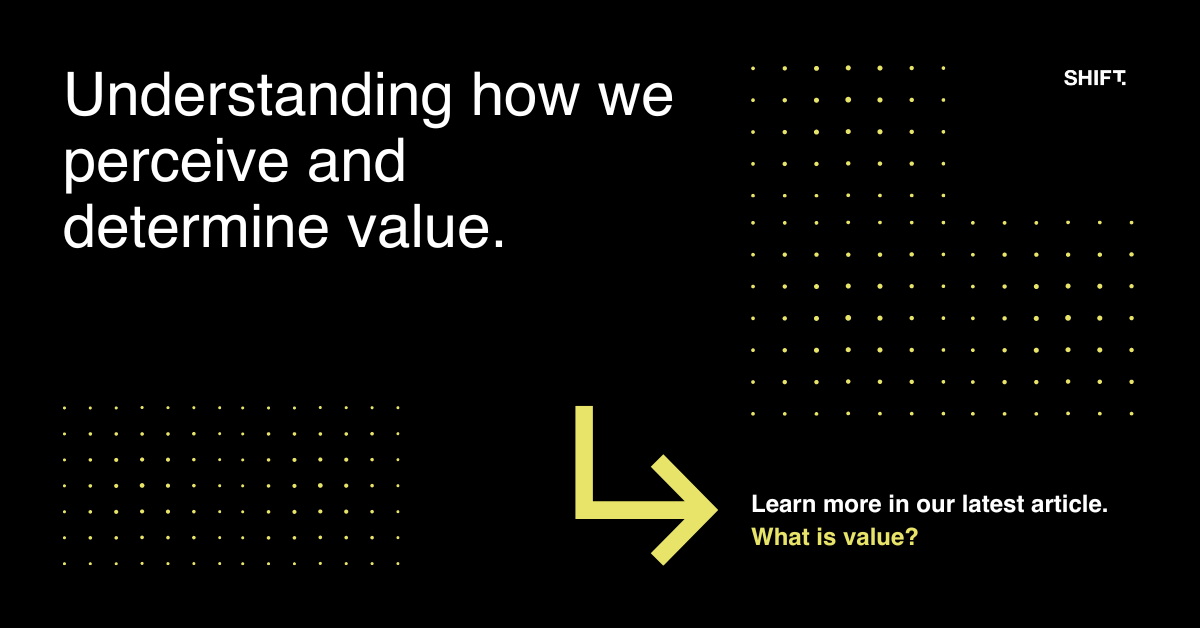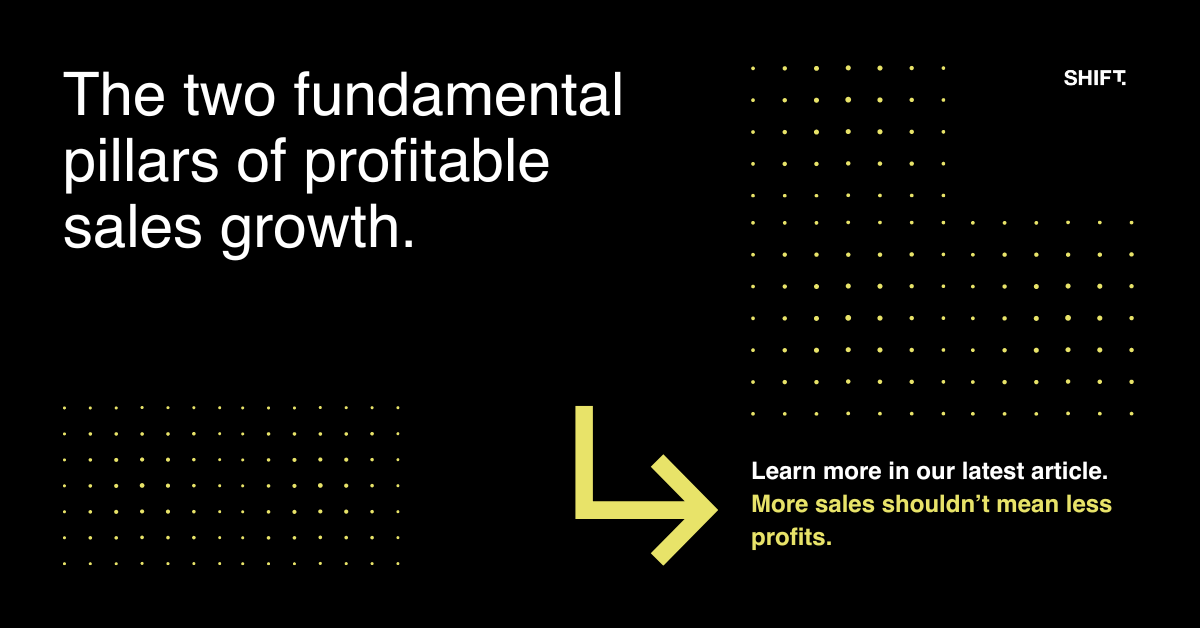By Andrew Nisbet
•
August 31, 2023
When times are tough in sales, our natural reflex is to do what we are already doing, but more of it. We make more calls, lower our prices (even further), and hope that the increased output gets things back on track. This phenomenon isn't exclusive to salespeople. I'm sure the marketing department might be popping up in your mind, but in all areas of a business, when an increase in performance is required, we believe that more fuel onto the fire is the way forward. I was recently introduced to the concept of Fuel and Friction in Loran Nordgren and David Schonthal's book The Human Element. The idea neatly encapsulates the core ethos of Relationship Selling, and will certainly get you thinking about what you're doing today. The book shares the insight that when we want to sell a new idea, we naturally tend to beef up our proposition with fuel. We increase the discount. We increase the ad budget. We get the team to work overtime, free pizza included. The problem is that we haven't considered the points of friction that are stopping the person on the receiving end of our idea from moving forward. We have yet to take the initiative to remove the points of resistance, physical but more often mental, that hold someone back from accepting an idea. This reinforces perfectly Relationship Selling, understanding the customer, asking customer-centred questions and drilling down to find their pain point (friction). Take away the pain (friction), and you are much more likely to make the sale. “There is greater opportunity to create value by removing friction than by adding fuel”. Loran Nordgren and David Schonthal As salespeople, one of our biggest challenges is to overcome our hard-wiring that defaults to adding incentives, hype and enticements to our sales. This is the path of least resistance, and we love these paths. What I love about the concept of fuel and friction is that it provides us with a simple universal code to ensure we don't veer off into the path of least resistance. Adding more fuel is easy. Finding the friction requires us to understand our customers with empathy, which takes genuine care and skill. So, let’s look at this in a more practical selling situation: You are pitching to a Purchasing Manager (PM) who told you they want to change suppliers. Your proposal includes competitive prices and additional trading incentives (this is all fuel). On your next meeting, the PM says you are close. However, some other suppliers have different sorts of incentives. You come back to the PM with a review of your pricing and add some additional incentives (fuel), thinking this will get you over the line. At your next meeting, the PM informs you they are staying with their incumbent supplier. You may well have had the best proposal and the best outcome for the customer if they had come on board, but you failed to see the friction. We find the friction points by asking customer-centred questions and drilling down to get to the pain. We need to know these to get the customer over the line. Based on my personal experiences in selling to PMs, these are some of the friction points I have uncovered; If I change to another supplier, it will create more work for me to set them up in the system with prices, and I don’t have the time. If I change to another supplier, I will have to let the rest of the business know, and there are so many people to inform. I don’t have the time. If I change to another supplier and something goes wrong, I will have the people in the field want to kick my ass. I am not willing to take that risk. I will have to create new relationships with the supplier’s business and spend time with them, ensuring they know what service we want. I don’t have time. These are what stop the PM from coming on board with you. Knowing these friction points allows you to offer services and solutions that solve these pain points for them. Objections alone are insufficient because most objections are only skin-deep, price being the most widely used. They are not the real reason the customer doesn't want to move forward with you - they are not the pain or the friction. So, when you are next pitching something to a customer, don’t just have a fuel-based mindset. Ask yourself what the friction points are (because they are there), and if you don’t know, then your first step is to find out. Happy selling. Andrew Nisbet


















